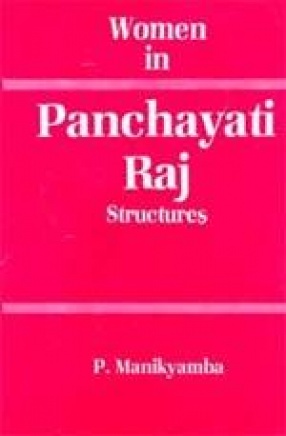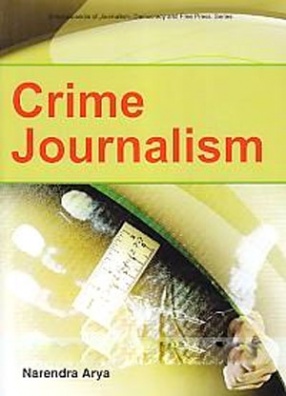This book is in the nature of a response to the contemporary revival of the strategies of democratic decentralization coupled with the concern for elevating the level of women’s participation in the political process of the nation. Even within the confines of a short volume, an attempt is made to reveal, through micro level investigations as well as macro level assessments, the state of the present and the prospects for the future. The book opens with a discussion of the achievements and shortcomings in the working of Panchayati Raj since 1959. The author identifies the revitalisation trends in the present stage of Panchayati Raj. An examination of the politics and programmes concerning rural women’s development constitutes an important part of the study. The factors responsible for rural women’s marginal visibility in development programmes have clearly been stated. An elaborate discussion relating to women’s representation in Panchayati Raj structures, the quality of membership, awareness and the nature and extent of participation of women members and women presiding officers forms the core of the book. The changing pattern of social relationships consequent upon the introduction of Panchayati Raj and the emerging trends in the context of rural women’s lives have been detailed. The author explains how the reservation of key positions to women, when purposely utilized, yielded beneficent results in some parts of Andhra Pradesh. The study makes clear that in rural India, the generation of ‘Stri Shakti’ is inadequate and the utilization of even the existing Shakti is not optimum. An examination of the structural functional, attitudinal and environmental constraints for women’s entry and active participation in the political process is made. Some important constructive suggestions are made to ensure active involvement of women in the process of development, especially in the process of decision making.
Crime Journalism
$147.60
$164.00





There are no reviews yet.